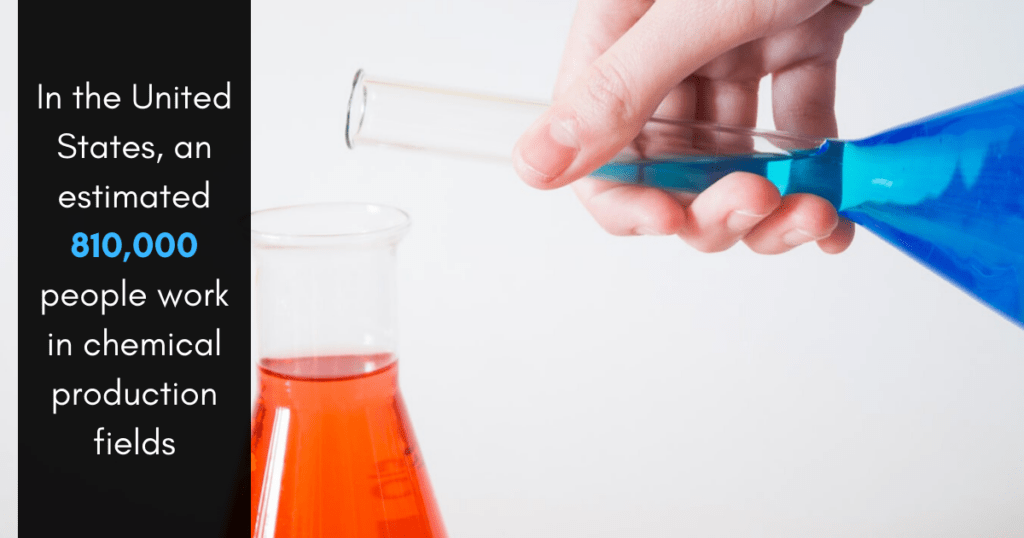
In the United States, an estimated 810,000 people work in chemical production fields, including the pharmaceutical sector. In this industry, C14 radiolabeling remains the standard and is the first choice for the labeling of active pharmaceutical ingredients. This type of labeling is crucial for API GMPs, as it permits more information to be collected pertaining to metabolism, distribution, adsorption, and excretion -- all of which can be critical to understanding the pharmaceutical during the clinical study stages.
It's important to note that, in recent years, APIs (along with their delivery methods) have increased in complexity as research has progressed and unearthed new discoveries. This means that radiolabeling now contains new challenges, which has prompted new technologies to be employed to ensure process efficiency.
Carbon-14 Radiolabeling
There are many choices when it comes to radiolabeled compounds, deuterium, tritium, carbon-13, and nitrogen-15. However, we’ll be focusing on carbon-14 and its specific uses.
Originally discovered in 1940, it has an exceptional half-life (>5000 years), along with low energy and easy-to-detect beta emissions. In nature, it acts as the cornerstone of all organic molecules and has become a go-to for radiolabeling compounds in the pharmaceutical industry.
Carbon-14 is created today by hitting aluminum nitride with a barrage of thermal neutrons. This process can take over two years to complete and, after processing, can provide 80 to %95% carbon-14 enhanced barium carbonate.
Radiolabeled Compounds in Small Molecule API
Carbon-14 plays a critical role in the development of APIs and their ADMET profiles. This is due in large part to the fact that it is easy to detect, even at low levels, with scintillation counting. This is important, especially in cases where doses come close to the pharmaceutical threshold. The stability for this purpose is greater with carbon-14 than with tritium due to its ability to replace atoms in the molecular core (rather than replacing the exterior protons, which become more susceptible due to exchange). It can also reduce destructive side reactions such as autoradiolysis.
When conducting an unlabeled synthesis, chemists have the option to explore a vast selection of readily available reagents, which can be used during stoichiometric excesses when necessary. However, during labeled synthesis, this is limited to compounds stemming from barium carbonate.
Tagging Biomolecules
The introduction of carbon-14 can include prepping with the radiolabel in the linker, or the drug moieties. As the range is increased, the demand for synthesis expands to include modified carbohydrates, carbon-14 peptides, glycoconjugates, and polysaccharides, along with BIOTINylation, PEGylated materials, and biopolymers. Each of these requires specialist input and collaboration to understand and organize properly.
The Industry Standard
Carbon-14 remains important in the chemical production industry, particularly in pharmaceutical production. It is perfect for assembling quantitive data on the ADMET profile of APIs and can help progress drugs through both the pre-clinical and clinical research stages.
